PEOPLE
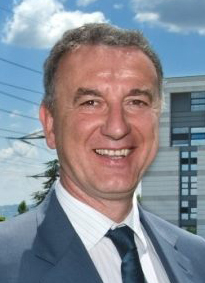
HILUMI, AT CERN THE BIGGEST PARTICLE PHYSICS PROJECT OVER THE NEXT DECADE
Interview with Lucio Rossi, High Luminosity LHC project coordinator
High Luminosity (HiLumi) LHC is the name of the ongoing project to make the Large Hadron Collider at CERN even more powerful. The aim is to extend the discovery potential of the LHC and its experiments. To do this, scientists are working to increase its luminosity to make it capable of producing even more collisions per second. HiLumi also represents a technological challenge and the project will take at least ten years to complete. We spoke about it with Lucio Rossi, the project manager.
What is HiLumi LHC?
The project consists of upgrading the LHC. Its aim is to increase the peak luminosity, in other words, the number of events produced per second, by a factor of 5, and its integrated luminosity, meaning the total amount of data obtained by the experiments, by a factor of 10. In technical terms, the machine and detectors are designed to produce 300 inverse femtobarns (the unit of measurement of integrated luminosity). ...
NEWS
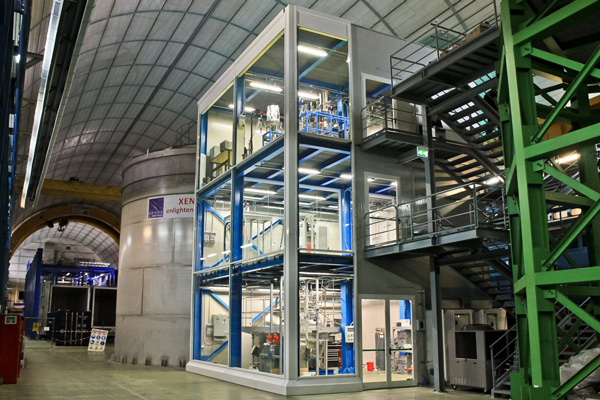
Research
XENON100 IS CLOSING IN ON DARK MATTER
For the first time, new results from the XENON100 international collaboration at the Gran Sasso Laboratory of the Italian Institute for Nuclear Physics (INFN) have raised questions about a variety of models previously thought to be a possible explanation for dark matter. The study has been recently published in Science and the XENON100 results are soon to be published in Physical Review Letters. ...
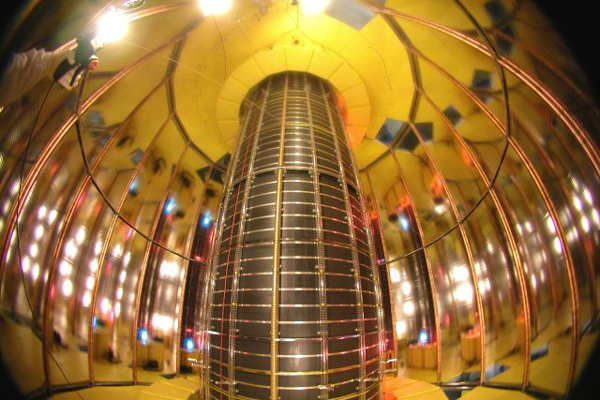
Research
SAME MASS FOR NUCLEI OF MATTER AND ANTIMATTER
A team of physicists from the INFN working on ALICE (A Large Ion Collider Experiment), have confirmed with unprecedented precision the symmetry of a fundamental property of the nuclei of matter and antimatter: their mass. The study has been published in Nature Physics, the first time this journal ...

Infrastructures
EUROPE FOCUSES ON ESS
ESS (European Spallation Source), the multi-disciplinary research centre based on the most powerful neutron source in the world, has been recently established as an European Consortium ERIC (European Research Infrastructure Consortium). ...
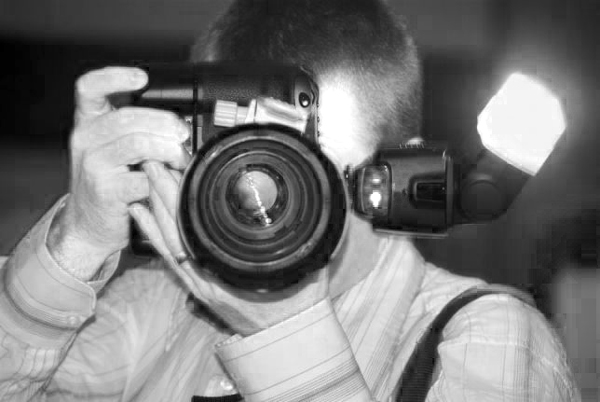
Dissemination
PHOTOWALK: INTERNATIONAL COMPETITION FOR THE BEST SCIENTIFIC IMAGES
This year's edition of the international photography competition, Photowalk 2015, will be staged in September. Hundreds of photographers will have the rare opportunity to walk round physics labs around the world and take pictures of accelerators, particle detectors, ...
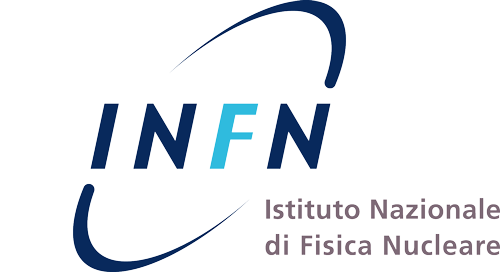

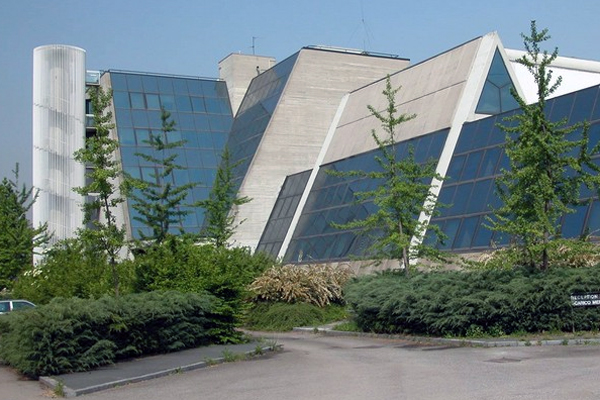 LASA, EXCELLENCE IN THE TECHNOLOGIES FOR ACCELERATORS AND APPLIED SUPERCONDUCTIVITY
LASA, EXCELLENCE IN THE TECHNOLOGIES FOR ACCELERATORS AND APPLIED SUPERCONDUCTIVITY